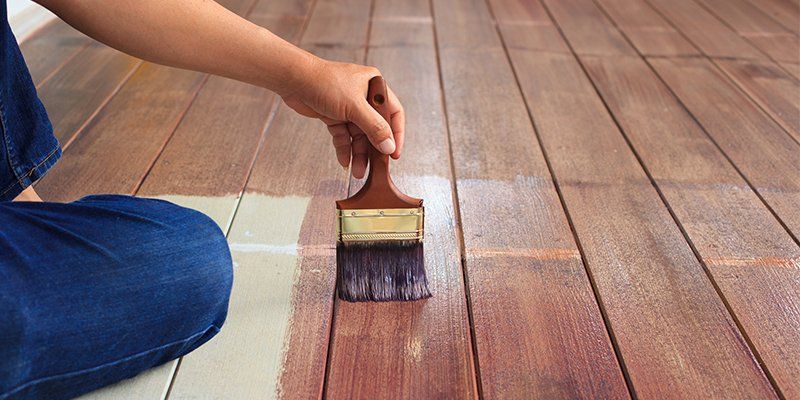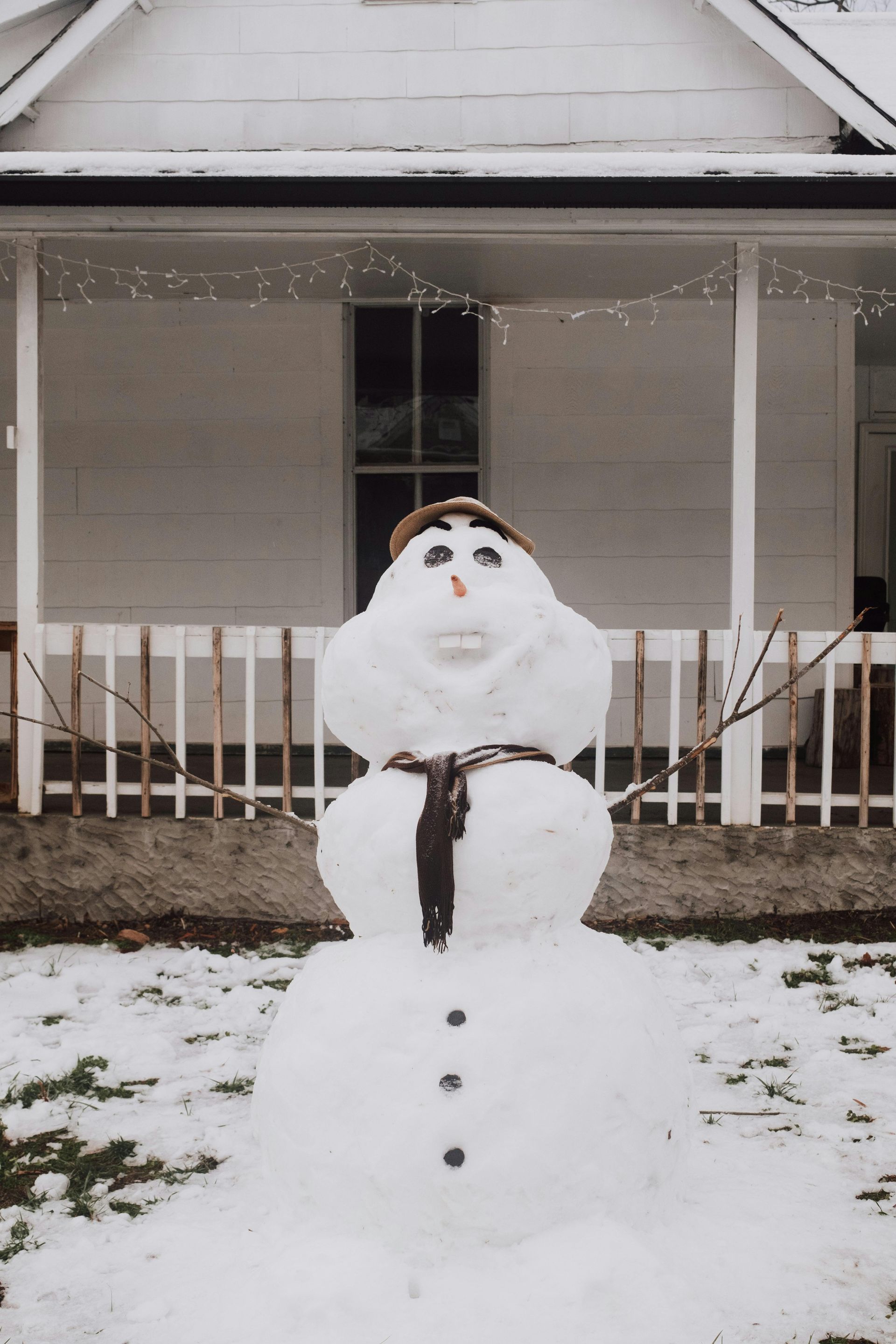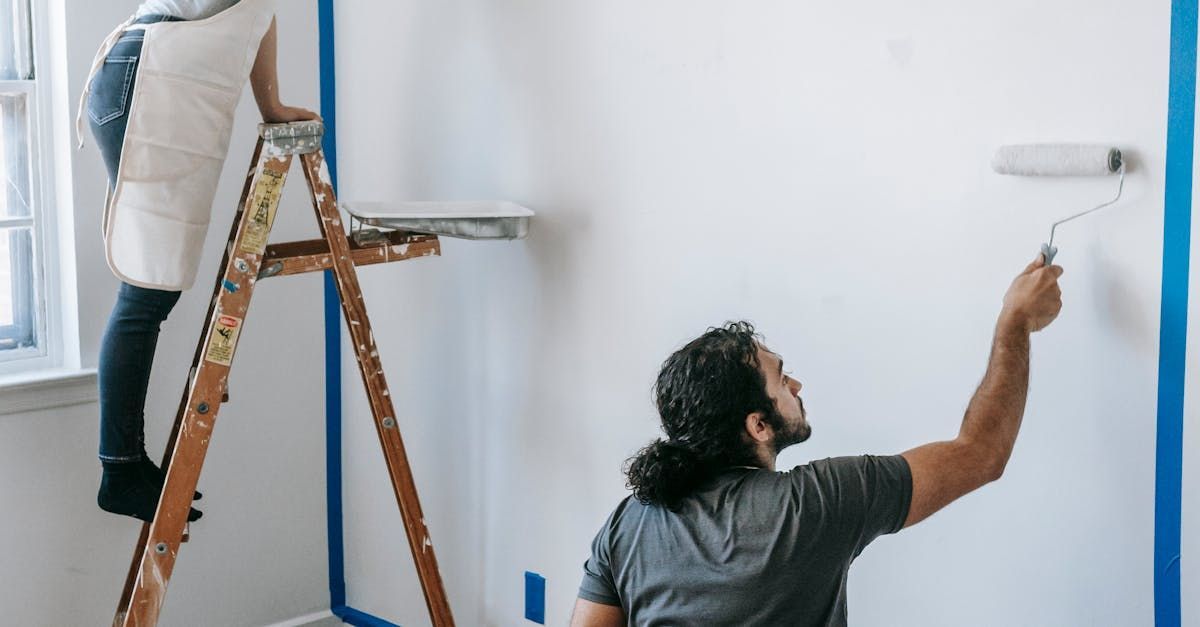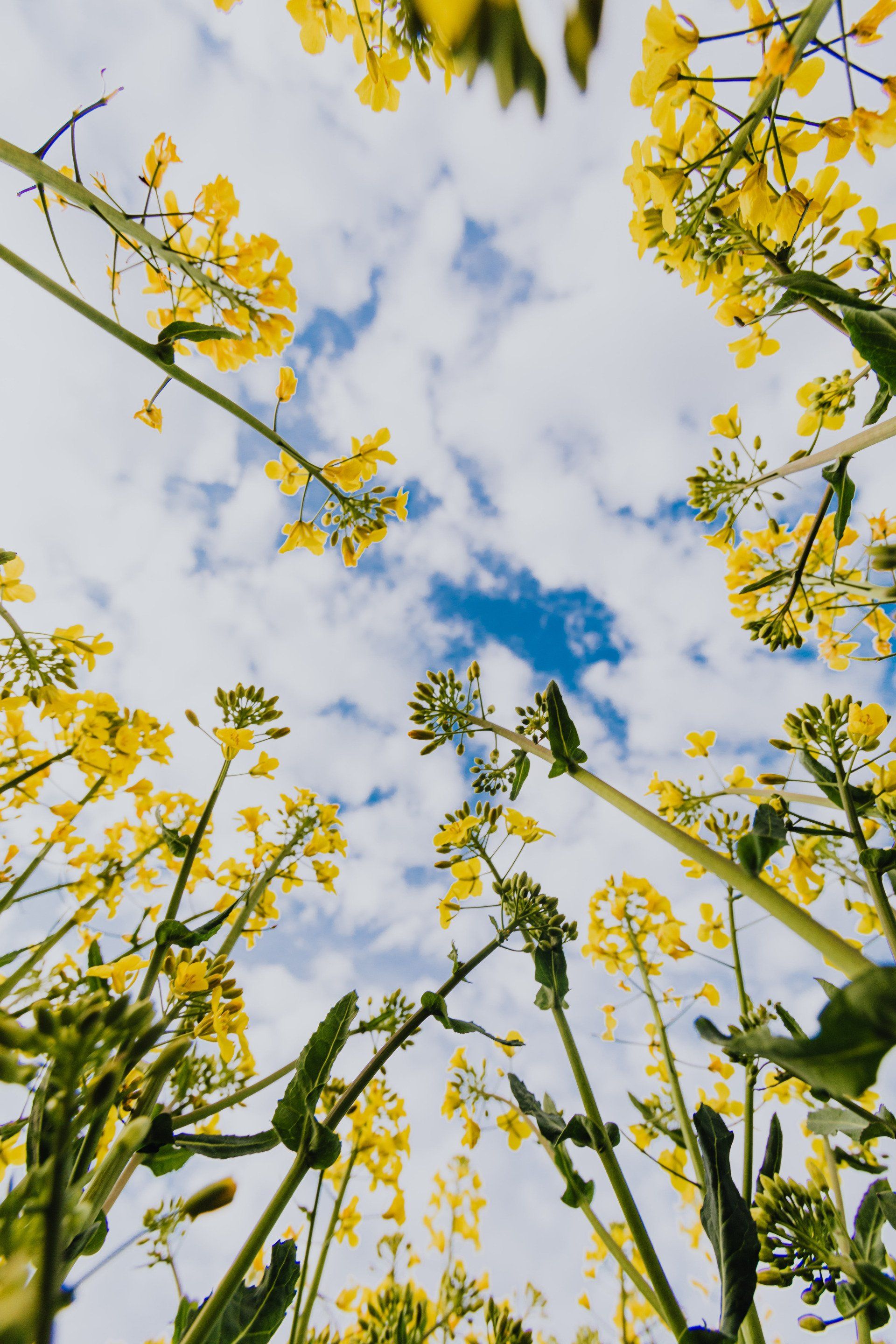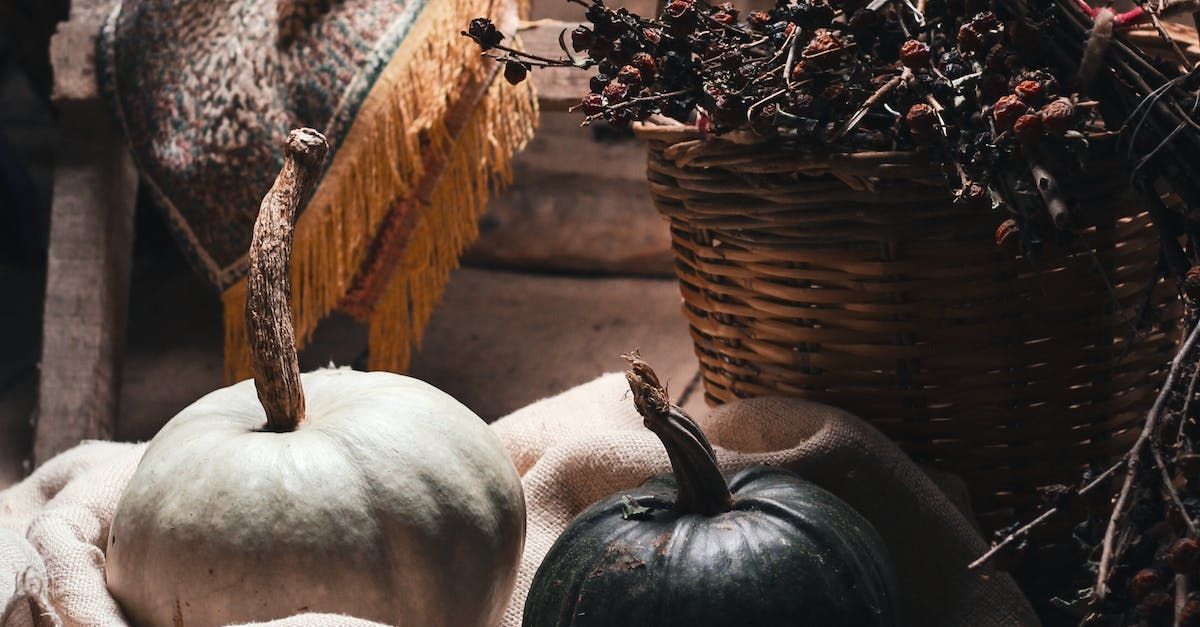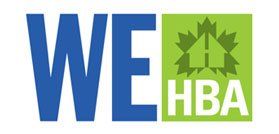Best Practices for New Homeowners
Written by Multi-Area Developments | on April 29, 2020| Posted in Prepping your home
Did you know 45.6 Billions CAN dollarswere spent by Canadians performing DIY maintenance on their
homes? Most homeowners want their homes to last a long time, and with a few
preventative maintenance tips and annuals checkups, a homeowner can prevent
costly repairs down the road.
Here’s a quick checklist
of best practices for new homeowners.
Gutters and Paint
Cracks in your concrete or driveway might go unnoticed. Broken shingles or chimney wear might not be seen for several months. Every month you should check for water pooling outside your house or any issues in the facade, especially if snow has accumulated.
Check your gutters to ensure that there’s a controlled flow of rainwater from your house. Protect your roof, siding, and foundation by managing the rainwater coming off of your home. If your gutter clogs, you could end up with a leak or water infiltrating your home without realizing it.
Now look for problems with exterior paint. It protects your shingles from damage and rot even more than it looks nice. Touchups and fresh coats are pretty common for homes that are more than a few years old.
Scheduling jobs in the spring ensure that you have your home completely painted by the time cold weather returns.
Scrub It Down
Believe it or not, cleaning the exterior of your home is a good way to prevent issues. Scrubbing and washing the windows and exterior walls from grime will not only reveal any damage but can prevent damage that grit and grime can cause.
Stary by closing all of the windows and covering your ground and hedges with plastic sheeting. While you might want to rent a power washer, don’t do that as you could end up doing more damage than good. Damage to your masonry isn’t worth it and could cost more than you expect to pay just to clean your house.
In most cases, people do this with a garden hose on a warm day. Avoid heavy detergents, especially if you love
your lawn and plants. Use just a bit on hard to clean areas, but for the most part, spot cleaning with a hose can do everything you need it to do.
Clean the Patio and Pool
While your patio or your deck might be getting little love during the winter and you might think the melting snow will clean it, think again. There’s a layer of grime that may be hiding on your porch or deck, especially if it’s dark-colored.
Leaves and debris within your boards could end up causing them to split apart if water collects.
Start by wetting down your deck with a hose and spraying it with a light cleaning solution. Scrub with a broom and spray it with the hose again. If you have a solution to prevent algae, you can apply it to prevent wood rot after you’ve thoroughly cleaned it up.
Pool owners know that the benefits of having a pool can sometimes barely outweigh the costs on a bad day. Changing out your water, checking on your filters and valves, and then hiring someone to clean your pool could cost you hundreds of dollars.
By doing some preventative pool maintenance
and clearing out your pool during the colder months, you could end up saving a lot on repairing it later.
Reverse HVAC Cleaning Schedule
While you might think
that cleaning your heating system during the warm months and your cooling system during colder months makes sense, it can be hard. Scheduling someone to do maintenance when everyone is using their systems means that the wait times will be longer. Have technicians come by and check for damage during the times
when the system is at rest.
Cleaning your ducts and
vents might be pricey but it’s well worth it to have
air that’s easier to breathe. Families with older folks, kids, and pets can
suffer worse from bad air quality. Clean ducts ensure that everyone breathes easily and is less susceptible to respiratory issues, which can be more common during colder months and allergy season.
Plumbing Above and Below
Part of winter-proofing
your home includes giving your plumbing a quick inspection. Cracked or leaky pipes can become major issues during the winter. As the water cools, the water filling your pipes will expand and could cause more pressure that leads to a burst.
Faucets should be
checked for drips as those that happen between the cracks or under your sinks could lead to later rot. A winter drip isn’t so bad, but once things start to heat up, mildew and rot will form. This will cost a fortune if it gets as far as the frame of your home.
A New Homeowner Can Make or Break a Home
A New Homeowner Can Make or Break a HomeWhether you’ve moved into a newly built home or a pre-owned home, the way you treat a home can determine how long the home will stay in good shape. The attention of a homeowner to the exterior and interior of a home ensures that the home can withstand trends in cold or warm weather.

Thinking about buying a new construction home in Ontario? Discover 5 essential tips for first-time buyers, from researching your builder to understanding the Tarion warranty. Learn how to plan your finances, navigate the pre-delivery inspection, and more with expert insights from Multi-Area Developments.

